Eğer buradaysanız, büyük ihtimalle nasıl olduğunu anlamak istiyorsunuz kapsül üretimi gerçekten işe yarıyor—içeriden dışarıya. Belki ölçeklendirmeyi, makinenizi yükseltmeyi planlıyorsunuz veya bir karar vermeden önce tüm sürecin daha net bir görünümüne ihtiyacınız var.
Her iki durumda da, bu döküm sizi hiçbir ayrıntıya girmeden, sadece gerçek dünyadaki üretimde önemli olan adımlarla her aşamada yönlendirecektir.
İçindekiler
Üretim kapsül kabuğuyla başlar. Çoğu kabuk, standart veya bitki bazlı formüllerle çalışmanıza bağlı olarak jelatin veya HPMC'den yapılır. Seçilen malzeme ısıtılır ve sıvıya dönüştürülür.
Kapsül yarımlarını oluşturmak için metal pimler bu sıvıya batırılır. Daha sonra bunlar dikkatlice kontrol edilen koşullarda kurutulur. Sertleştikten sonra kesilir ve ayrılırlar—doldurulmaya hazır hale gelirler.
Ardından kapsülün içine giren ürün gelir. Aktif bileşenler, akışı, stabiliteyi ve kıvamı iyileştirmek için yardımcı maddelerle harmanlanır. Formülasyona bağlı olarak, bu kuru karıştırma veya ıslak granülasyon içerebilir.
Buradaki amaç tekdüze parçacık boyutu ve ağırlığıdır. Bu, her kapsülün güvenlik ve uyumluluk için kritik olan tam miktarda aktif madde içermesini sağlar.
Toz veya granüller hazır olduğunda, boş kapsüller bir dolum makinesine girer. Bu makineler kapsül kapağını ve gövdesini ayırır, alt yarısını ürünle doldurur ve ardından kapsülü kapatır.
Yüksek hızlı kapsül doldurucular, kurulumunuza bağlı olarak tozları, peletleri, tabletleri veya hatta sıvıları işleyebilir. Daha büyük operasyonlar için otomasyon, hızı korumak ve atığı azaltmak için anahtardır.
Kenan'ın NJP Serisi Otomatik Kapsül Dolum Makinesi tam olarak bu aşama için tasarlanmıştır: minimum atıkla hızlı, hassas dolum sağlar. Tozları, granülleri ve peletleri kolaylıkla işler ve yüksek hacimli, sürekli üretim için üretilmiştir. NJP Serisi, tek bir sistemde hız, doğruluk ve uyumluluğa ihtiyaç duyan üreticiler için güvenilir bir seçimdir.
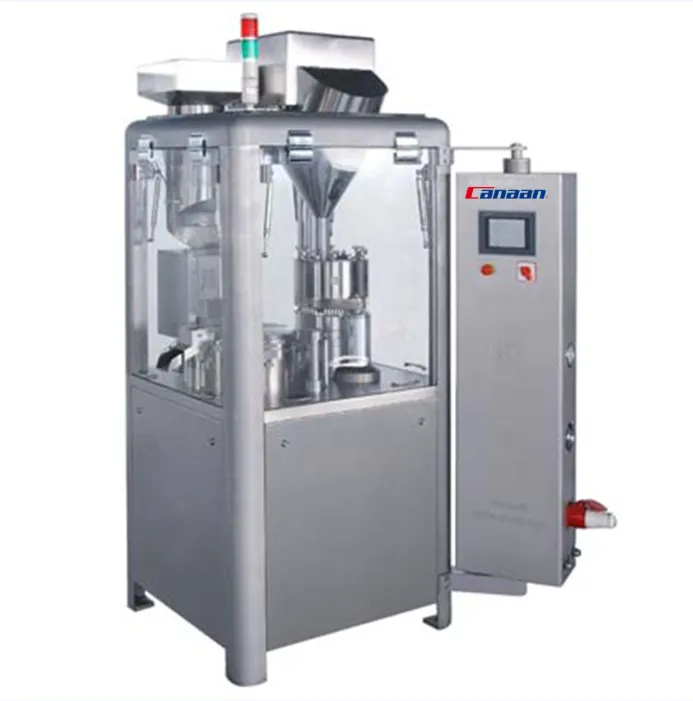
Doldurma işleminden sonra, iki kapsül yarısı güvenli bir şekilde birbirine kilitlenir. Bazı makinelerde ekstra koruma sağlamak için bant sızdırmazlık işlevi bulunur; bu özellikle neme duyarlı veya sıvı dolu kapsüller için faydalıdır.
Bu adım, elleçleme, nakliye veya depolama sırasında sızıntı, kurcalama veya ayrılma riskini azaltır.
Doldurulan kapsüller genellikle bir cilalama makinesinden geçer. Bu, dışarıdaki fazla tozu temizler ve görünümü iyileştirir. Temiz kapsüllerin ayrıca paketleme makinelerinde sıkışma olasılığı daha düşüktür.
Toz giderme GMP temizlik standartlarını karşılamaya yardımcı olur ve ürün sunumunu iyileştirir; özellikle perakende veya doğrudan tüketiciye sunulan ürünler için önemlidir.
Her parti sıkı kalite kontrollerinden geçmelidir. Kapsüller çatlaklar, yetersiz doldurma veya renk uyumsuzlukları gibi kusurlar açısından incelenir. Dozaj doğruluğunu onaylamak için ağırlık değişimi de kontrol edilir.
Birçok hat, gerçek zamanlı olarak herhangi bir arızayı yakalamak için metal dedektörleri, görüş sistemleri ve reddetme üniteleri içerir. Bu aşamadaki dokümantasyon, düzenleyici uyumluluk ve izlenebilirlik için kritik öneme sahiptir.
Onaylandıktan sonra kapsüller paketleme hattına taşınır. Son formata bağlı olarak şişelenebilir, blister ambalajlanabilir veya poşetlere doldurulabilir.
Parti kodları, son kullanma tarihleri ve diğer izlenebilirlik bilgileri bu aşamada basılır veya etiketlenir. Son denetim, her paketin mühürlü, temiz ve pazara hazır olduğundan emin olur.
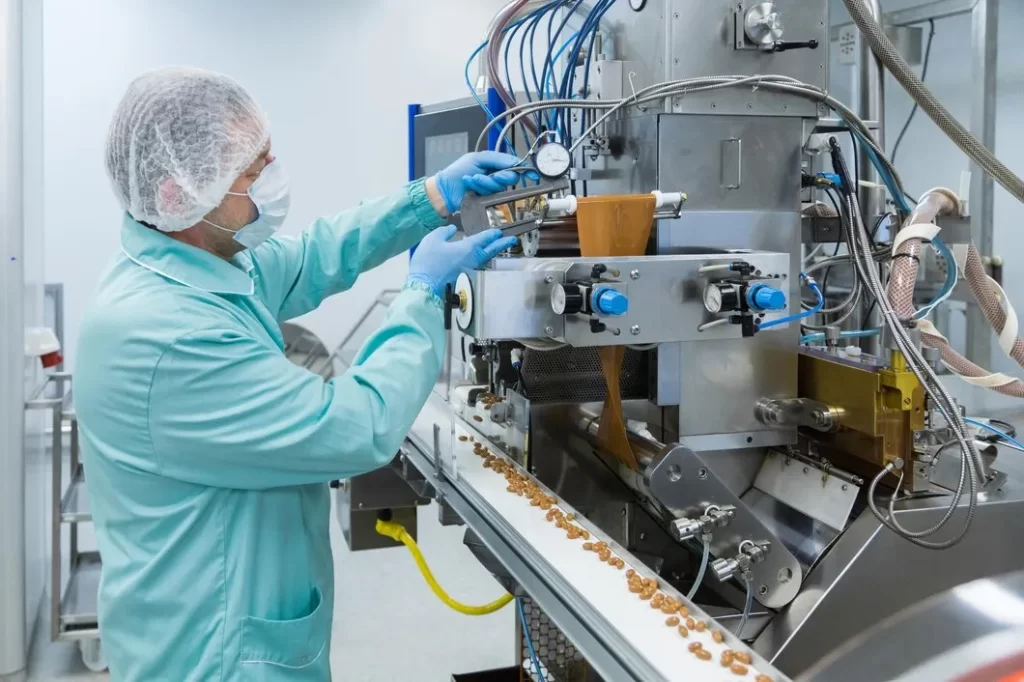
Sorunsuz bir kapsül üretim hattı çalıştırmak, her aşamada doğru ekipmana sahip olmaya bağlıdır. Her makine, çıktıyı tutarlı tutmada, hataları azaltmada ve verimliliği en üst düzeye çıkarmada rol oynar.
Kullanarak entegre sistemler—her makinenin senkronize bir şekilde birlikte çalıştığı—duruş süresini azaltmaya, işçilik maliyetlerini düşürmeye ve izlenebilirliği iyileştirmeye yardımcı olur. Bu, özellikle birden fazla SKU yöneten veya sıkı teslimat aralıkları altında faaliyet gösteren şirketler için önemlidir.
Kapsüller farklı formlarda gelir ve doğru kombinasyon ürününüze, pazarınıza ve üretim hedeflerinize bağlıdır. Aşağıda kapsül türlerini seçerken dikkate alınması gereken ana seçenekler ve bunları markanıza uyacak şekilde nasıl uyarlayabileceğiniz yer almaktadır.
Malzeme Türleri:
Boyutlar:
Renk ve Markalama Seçenekleri:
Dolgu Çeşitleri:
Kapsüllerinizi özelleştirmek yalnızca kullanılabilirliği ve raf çekiciliğini artırmakla kalmaz; aynı zamanda uyumluluğu, marka kimliğini ve tüketici güvenini de destekler.
Kapsül üretimi, doğru kurulum, yetenekli kullanım ve yüksek performanslı makinelere dayanan hassas bir süreçtir. İster küçük ölçekte üretim yapın, ister günde milyonlarca kapsül işleyin, her adım önemlidir.
Şu anda KenanKapsüllerinizi verimli ve en yüksek standartlarda üretmenize yardımcı olacak ekipman ve uzmanlığı sağlıyoruz.
Kapsül üretim hattınızı yükseltmeniz mi gerekiyor? Bize Ulaşın Ekibimizle konuşmak için - daha akıllıca ölçeklenmenize yardımcı olmaya hazırız.
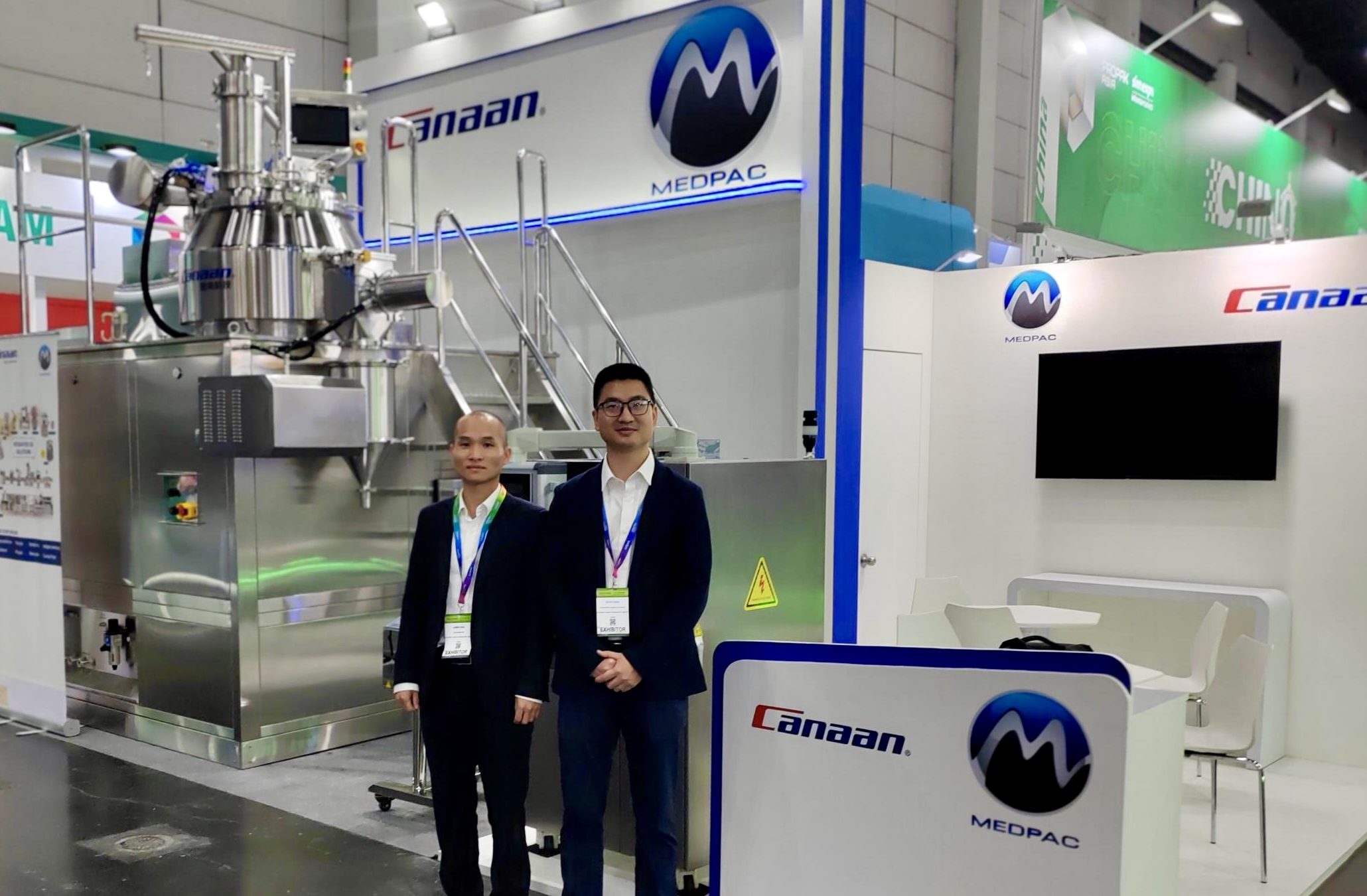
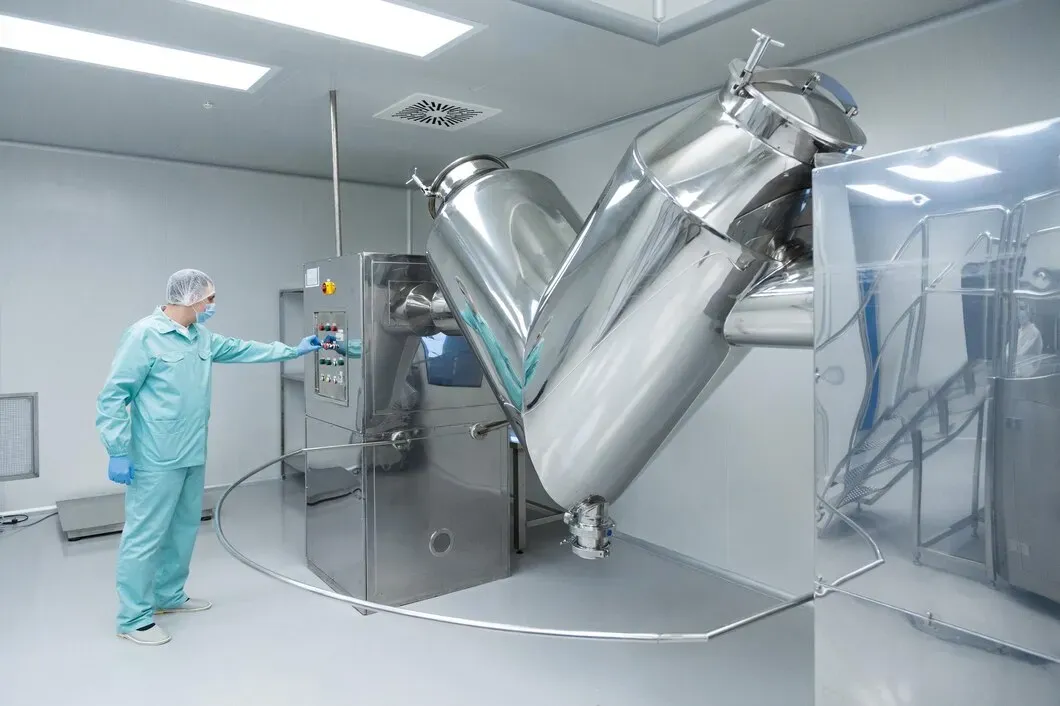
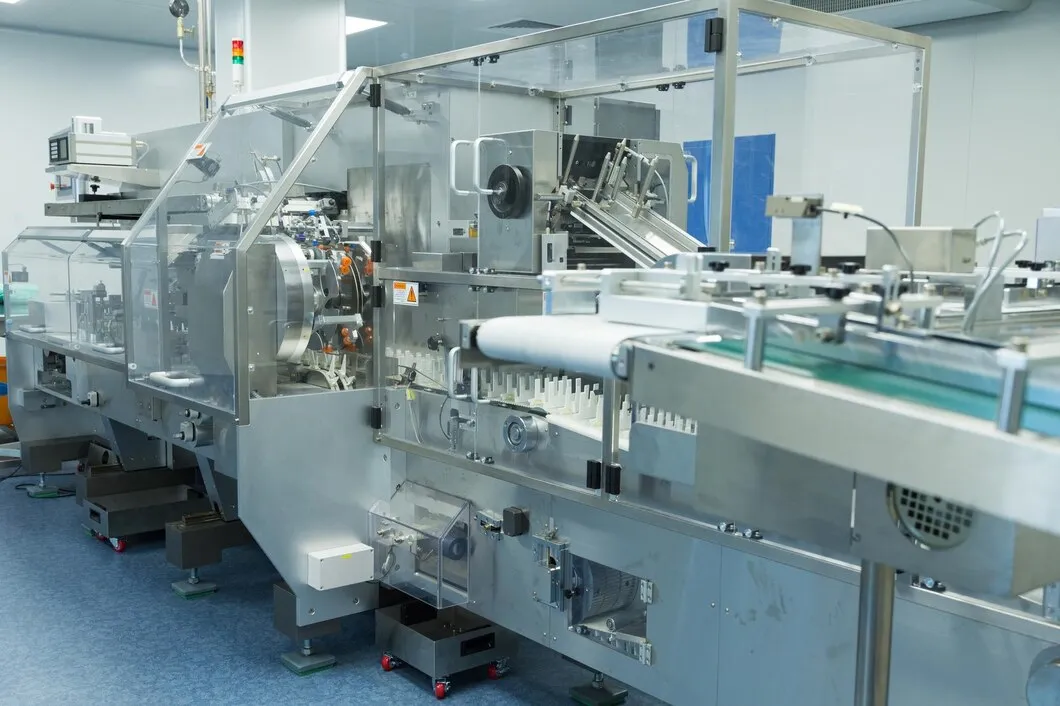

Herhangi bir ilaç hastaya ulaşmadan önce bir laboratuvarda başlar. Formüllerin test edildiği, partilerin kontrol edildiği ve kalitenin doğrulandığı veya sorgulandığı yer burasıdır. Bu işi doğru yapmak için laboratuvarlar doğru ekipmana güvenir; sadece işi yapan değil, aynı zamanda bunu hassasiyetle yapan araçlara. Eğer çalıştırmaktan veya […] sorumluysanız

Blister ambalaj, ilaç sektöründe her yerde bulunur; tabletlerden kapsüllere ve numune paketlerine kadar. Ürünü korur, raf ömrünü uzatır ve hasta güvenliğini artırır. Ancak üreticiler için bu sadece ambalajdan ibaret değildir; hız, hassasiyet ve uyumluluk üzerine kurulu bir sistemdir. İlaç üretimi veya ambalaj tedarikindeyseniz, blister hakkında bilmeniz gerekenler şunlardır […]

Bir ilaç veya takviye ürününü nasıl teslim edeceğinize karar veriyorsanız, seçtiğiniz format (sıvı jeller veya tabletler) yalnızca nasıl göründüğünü değil, aynı zamanda nasıl yapıldığını da şekillendirecektir. Ürünün nasıl yapıldığını, ne kadar hızlı emildiğini, ne tür bir ekipmana ihtiyacınız olacağını ve son kullanıcının ürünü nasıl deneyimleyeceğini etkiler. Bazı aktifler […]